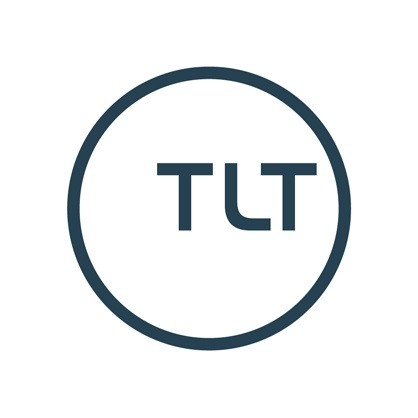Commentary
Increasing sustainability with the use of green loans
Companies are having to review their sustainability initiatives and pay closer attention to their ESG criteria to meet mounting pressure to reduce their carbon footprint, writes Paul Crighton of TLT.
The case for green
With buildings responsible for more than 40% of global energy consumption and 33% of greenhouse emissions, it comes as no surprise that one way in which organisations can ease carbon emissions is by making their buildings more sustainable.
Whilst the positive impact of green buildings on the environment is well-documented, it’s also worth considering the long-term benefits these types of structures can have on owners and occupiers. In the long run, green buildings are less costly to operate than traditional buildings, they have a positive impact on employees and have shown to increase mental health and wellbeing. A building’s sustainability credentials will also impact investor interest, valuation and rental income.
Retention of existing buildings is a major consideration in planning, as whole life carbon is assessed. Indeed, it’s usually more cost-effective to retrofit a building than to demolish and re-build it. Other quick wins for the investor include real-time visibility of energy consumption, green roofs, energy efficiency, upgraded building systems, new technologies and the repair or replacement of areas that are in poor conditions.
The cost of going green
One of the barriers to increasing the sustainability of a building is the perceived cost of taking these steps. However, a large number of loans, debt mechanisms and investments have emerged in the last few years to encourage green projects.
The most notable example is green loans, which are available to borrowers carrying out green projects such as purchasing a building with excellent green ratings or carrying out an energy efficient retrofit project. All funds borrowed as a green loan need to be used for that project.
How green is green enough?
Currently there is no widespread eligibility criteria for green loans. However, to qualify for green loans, borrowers will need to be able to demonstrate the greenness of their project, and it will have to remain green for the life of the loan.
For example, guidance suggests that a retrofit project may qualify as green if there is “material improvement” in the energy efficiency of, and a “material reduction” in the carbon emissions related with the building, so the borrower will need to explain why the improvements and their impact should be deemed “material”. Failing to meet these qualifications will result in a “green breach” and the loan will be reclassified to a traditional loan from the date of the breach.
A number of certifications are available to assist in determining and demonstrating the greenness of a retrofit, including a:
- BREEAM Refurbishment and Fit Out rating
- LEED certification
- RICS SKA (used in connection with non-domestic building retrofits)
- PAS 2035 (used in connection with domestic retrofits)
- Passivhaus and EnerPHit standard
- TrustMark
It has never been more important for businesses to review their sustainability initiatives. Clients want to work with companies whose environmental values align with their own and employees want to work for companies who are taking steps to support their mental health and wellbeing by improving their sustainability.
Using a green loan could be a viable option for those organisations interested in making their buildings more environmentally friendly. Green and sustainability-linked loans are only just becoming mainstream – we can expect more players to enter the market offering a greater variety of products that will be more accessible, more affordable and more relevant.
- Paul Crighton is a partner at TLT






Going green is scam- tax payers and investors alike are paying way above the odds for actions that will do nothing to change our climate, but in the mean time will lead to loss of wealth for the people of this country!
By Stuart wood
You could open an account for each resident of the northwest and pay them not to drive. This would immediately sever the global supply chain demand and give each account holder (walker) about 90M ecological pounds over their lifetime.
No too shabby. Easy to understand
By Better ideas.